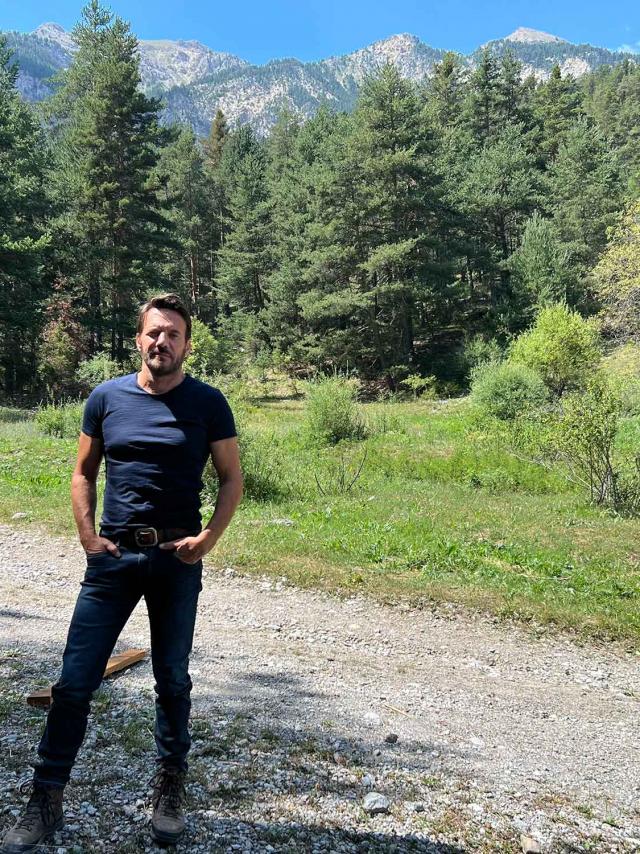In 1891, Antoine Lumière, a rich industrialist from Lyon approaching retirement settled in La Ciotat, having fallen under the charm of the gentle lifestyle of this little seaside town. His two sons, Louis and Auguste Lumière, shared his passion for motion pictures. Starting with the kinetoscope invented by Thomas Edison, which made it possible to see a picture move through a peephole viewer window, Auguste and Louis set to making an apparatus that was both lighter and above all, capable of sending the “motion” picture to a big screen.
The year 1894 saw the crowning of their efforts and, on September 21st 1895, the first film in the history of filmmaking was shown to an audience of inhabitants of La Ciotat invited by Antoine Lumière. A shock, and an absolute triumph! Cinematography was born with “L’entrée en gare du train de La Ciotat” (the train arriving at La Ciotat station). Following the private projection, the film was shown at regular public projections at L’Eden-Théâtre, which is currently considered to be the oldest movie hall in the world.
The Parisians had to wait several weeks more, until 28th December 1895, to watch the projection of “l’entrée en gare”. The date was also retained as the official birth of cinematography.




















